I arrived in Chipaya when the sun was starting to hide behind the mountains, somewhere near the border with Chile. The wind was sharp, strong, and relentless, the sand was hitting my face like mosquito bites— at times, even feeling like tiny bullets aimed straight at my eyes.
Soon, my throat dried out, and I felt the toll of the altitude and the long journey hit me. Tired, I reminded myself of my purpose: to shoot! So, instead of resting, I set off immediately to explore the village and look for photography opportunities, without much luck at the end.
Chipaya is a small town, the main gathering place of the Uru Chipaya indigenous group, hidden deep in the Bolivian Plateau, near Lake Coipasa in the Oruro department. This group is renowned as one of the oldest indigenous populations in the Andes, with a history stretching back thousands of years—some evidence suggests they predate the Inca civilization. My plan was simple: to start documenting this community, their way of life, and how they confront modern challenges, particularly climate change and the migration of younger generations to larger cities in Bolivia and Chile.
The first thing that struck me was the barren landscape. I had rarely seen a place so empty of trees, so strikingly flat. How do these people escape the merciless sun?
After my first evening, I went to bed early, determined to wake up as soon as the roosters began their chant. My sole aim was to find someone at work and capture photos before the sun became too harsh. With no breakfast in sight, I put a generous amount of coca leaves into my mouth and headed towards some conical structures I had spotted far in the even distance.
Coca leaves are a magical gift from the Andes. They provide a gentle energy boost and quickly ease the effects of altitude sickness. I’ve also heard they suppress hunger and keep you alert—and I can vouch for that. Despite waking up at 5 a.m., I felt neither hungry nor drowsy. Although I don't enjoy their taste, to be frank.
Traditionally, the Uru Chipaya have been known as "the people of water" due to their deep connection to rivers and lakes. They have developed ingenious water management systems to survive in an area where resources are scarce. Yet here they are, the "people of water," in a region where this vital element is getting more and more elusive.
Water arrives unpredictably here. In 1997, a major flood displaced many locals, while until last year, the area endured a prolonged drought. Elders told me they had never experienced such heat before, and climate events—disasters, really—are becoming far more frequent.
It’s remarkable how the Uru Chipaya have adapted to the harsh, arid conditions of the highlands. Their houses, known as putucus, are dome-shaped structures made from mud and straw, designed to insulate against extreme cold and heat.
I returned to town around 10 a.m., but still, no breakfast in sight—nowhere! The coca leaves were doing their job, but I knew I needed a proper meal soon. Eventually, I found a place that served food, but they told me to come back at midday. Sigh—two more hours before I could finally have a bowl of quinoa soup.
After resting for a while, I returned to the restaurant. I was immediately captivated by the vibrant colours inside, especially a wall painted with emerald green. Just as I was finishing my first plate, a group of locals arrived to eat too. We had a friendly chat, during which I learned more about their lives. One thing stood out: they eat a lot. They were going for a massive plate of rice and chicken, after two plates of quinoa soup! So I decided to order a second round of soup—maybe out of camaraderie, maybe out of competitive survival instinct.
From our conversation, I learned that most of the locals work in Chile nowadays. The border is but 1.5 hours away, while Oruro is 3.5 hours, and La Paz is a long 7 hours (in case you have a car). The primary reason for this migration is the better pay in Chile, which allows them to spend the majority of their earnings back in Bolivia, where everything is way cheaper.
The day went by walking through mostly empty spaces. I explored the village, saw a few animals, and eventually found a large group of people building houses for the teachers who were coming to the school from far away.
After taking a couple of shots, an old woman approached me and asked why I was taking photos. I explained that I wanted to document their community. She replied, “All good, but could you give us something?” I joked, “I can cook for you!” She and the others around her burst out laughing. Then she said, “Bring us some drinks—Coke, please!”
I headed to the “centre” of the village and found one open shop where I bought six large bottles of Coke. When I brought them back, they greeted me (or the Coke?) with a big round of applause.
I handed out the Coke and some plastic cups to everyone. After a brief break, they returned to work, and I started again to take photos.
The moment was beautiful. I caught five minutes of perfect light before the clouds dimmed the sky. It was wonderful to see them working together as a single unit, moving at a fast pace, all while sharing jokes and smiles.
In the following audio, you can hear their rhythm and their language, which is considered one of the oldest in South America but, unfortunately, is currently endangered.
They finished the work right when it was getting dark—perfect timing, as some rain began to fall and distant thunders echoed from the mountains. They invited me to eat with them, and we chatted a bit more, they even made some fun of me and my funny Chilean accent.
My experience in Chipaya was unforgettable. Seeing their resilience and unity, despite the challenges they face, left a strong impression on me. I'll be back to continue documenting their story and the way they adapt to this quickly developing world.
My blog will always remain free for everyone to enjoy!
If you appreciate my content and would like to support my work, consider subscribing and sharing it.
I’ll be back in Istanbul in April. Leading 3 workshops, in case you want to join one of the groups or have a 1-2-1 workshop, feel free to contact me!
Also, consider purchasing my street photography e-zine “Understanding Colour”
Your support means a lot and helps me continue creating content.
Thank you for being a part of this journey!
Cheers!

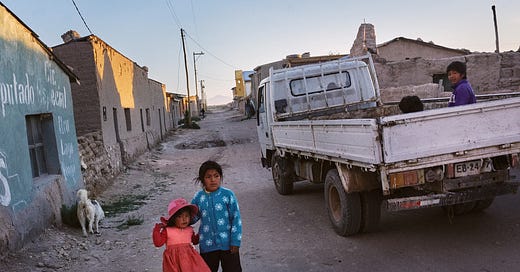


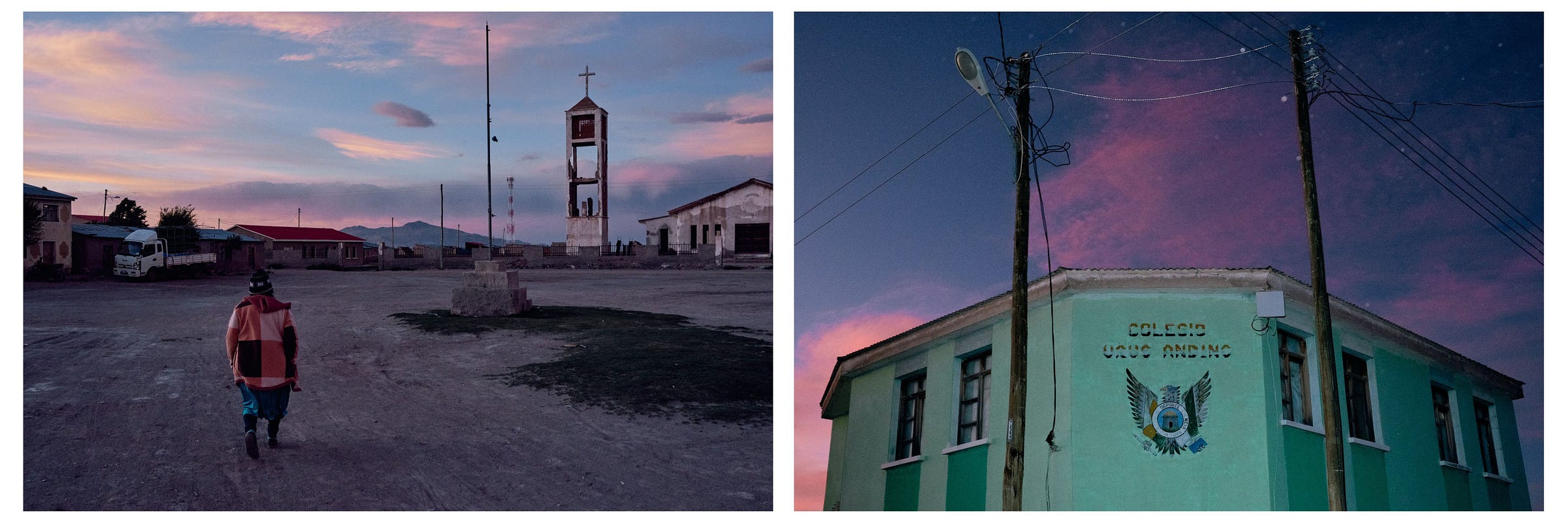
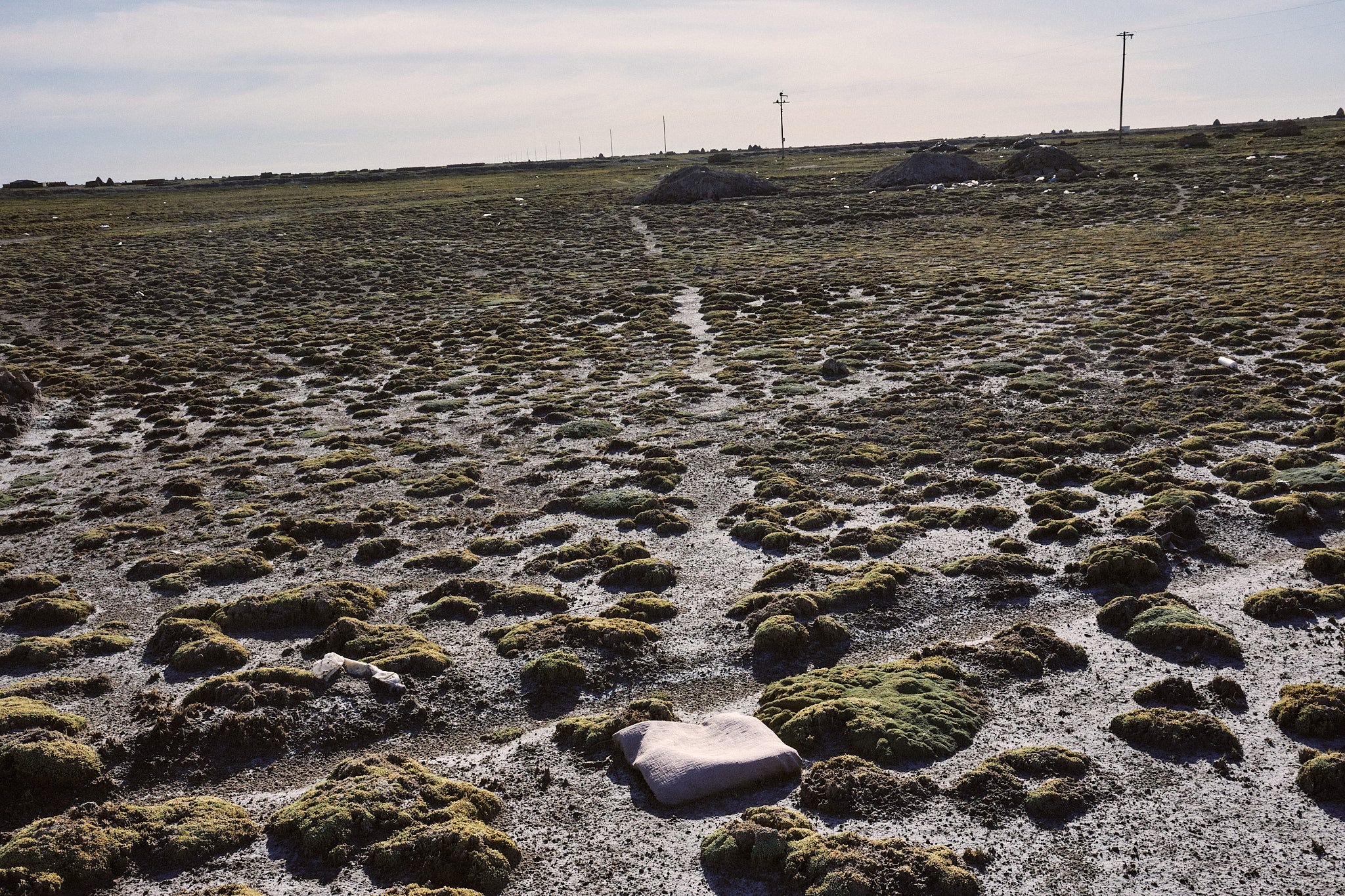

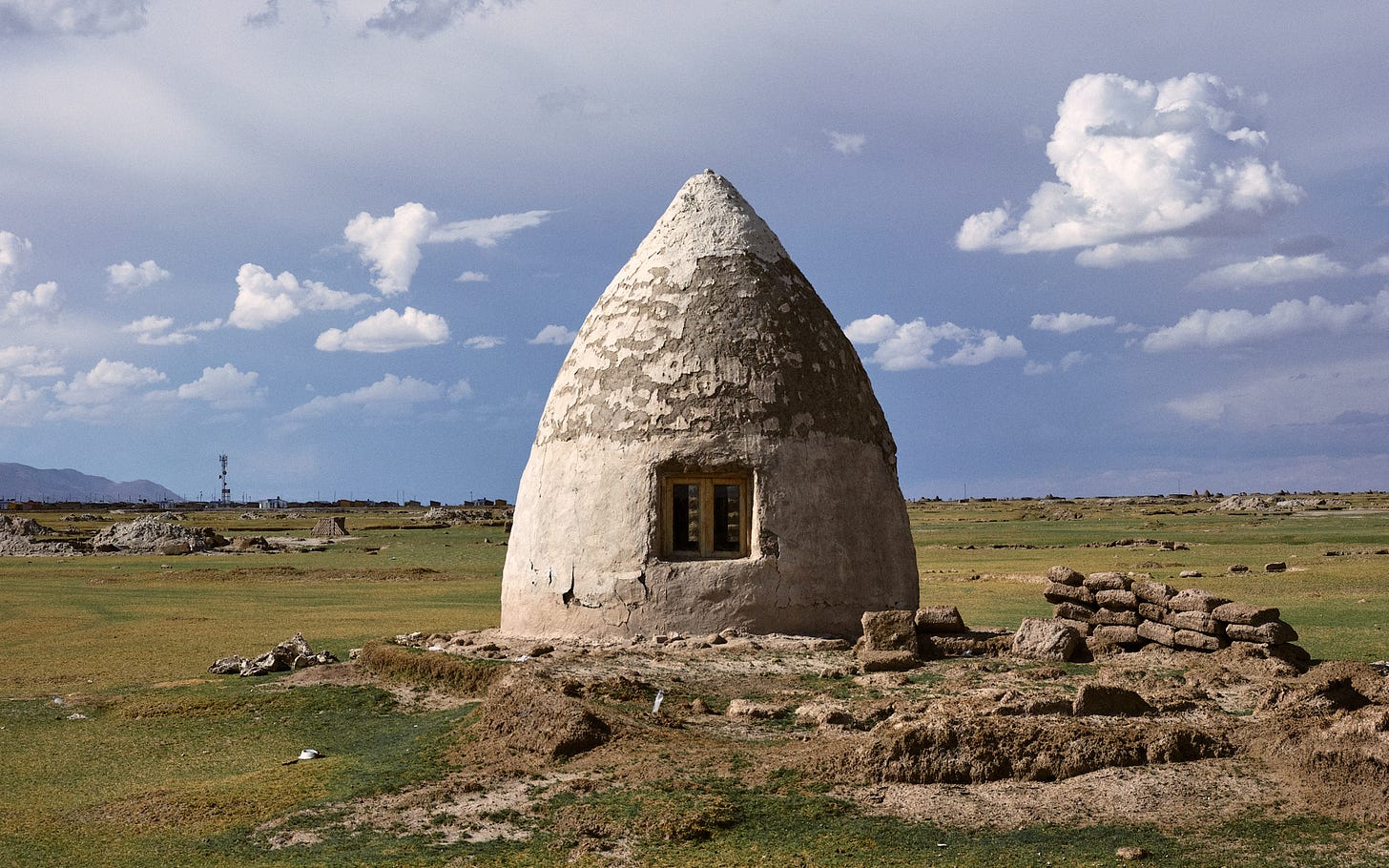
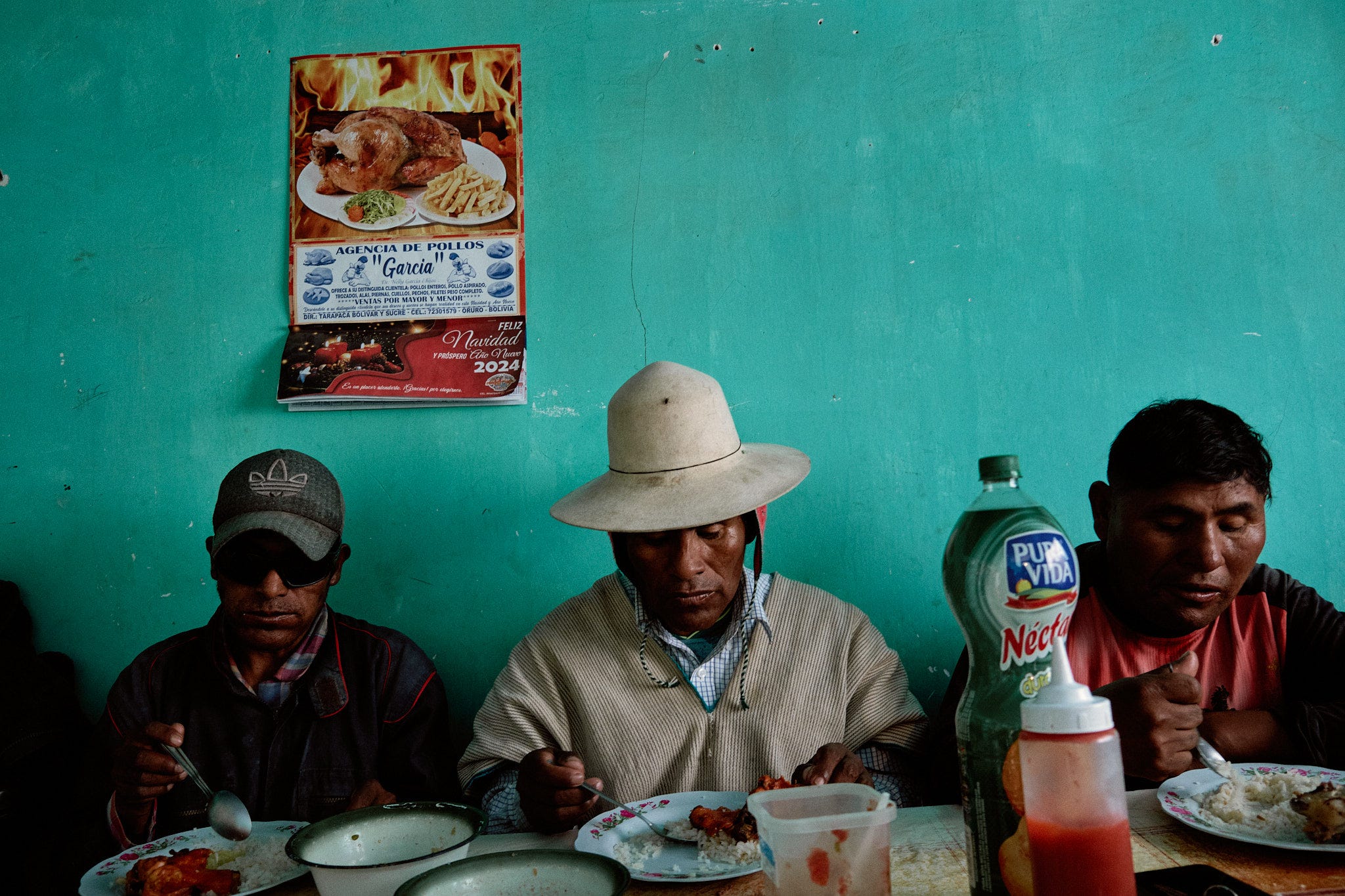

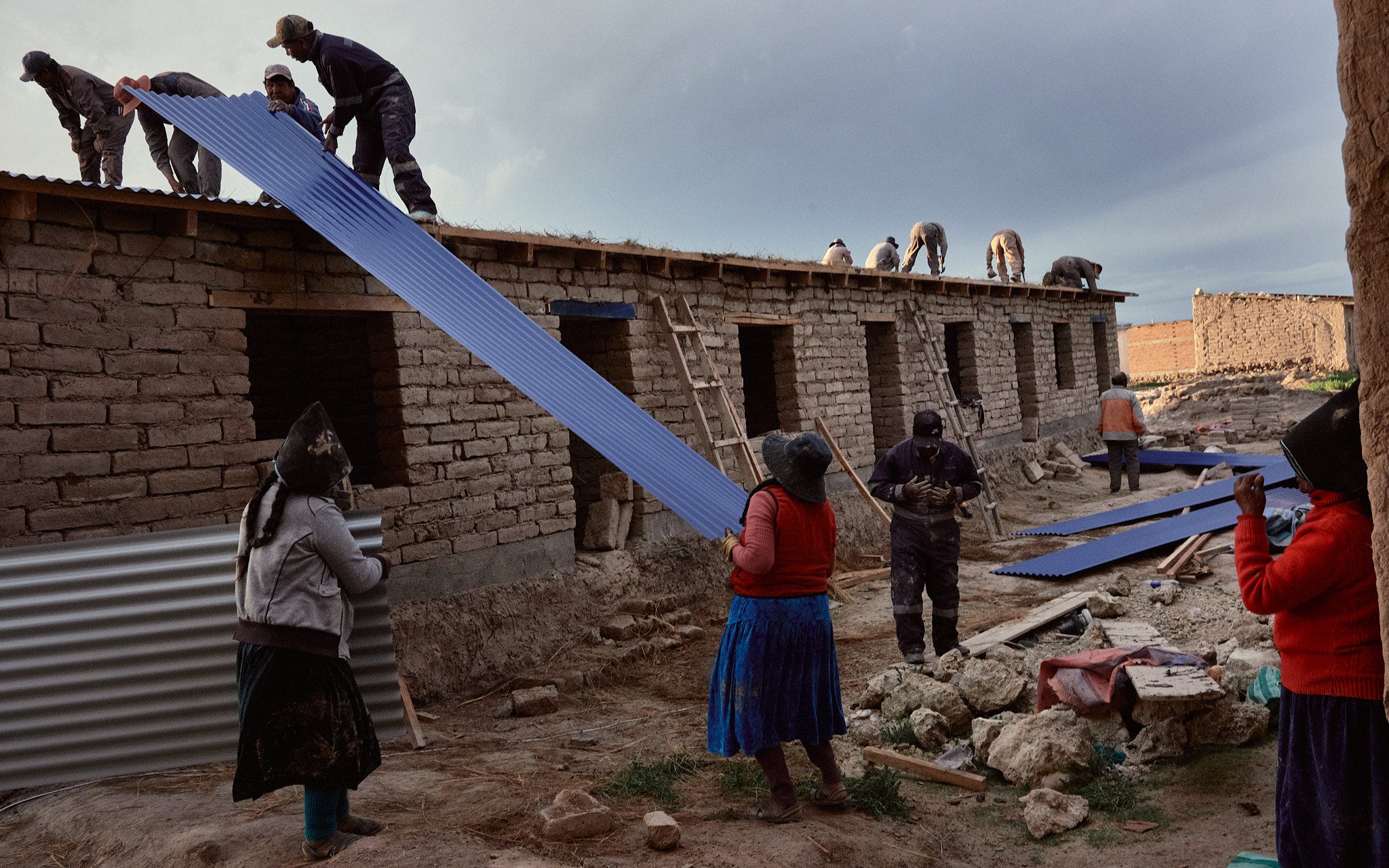

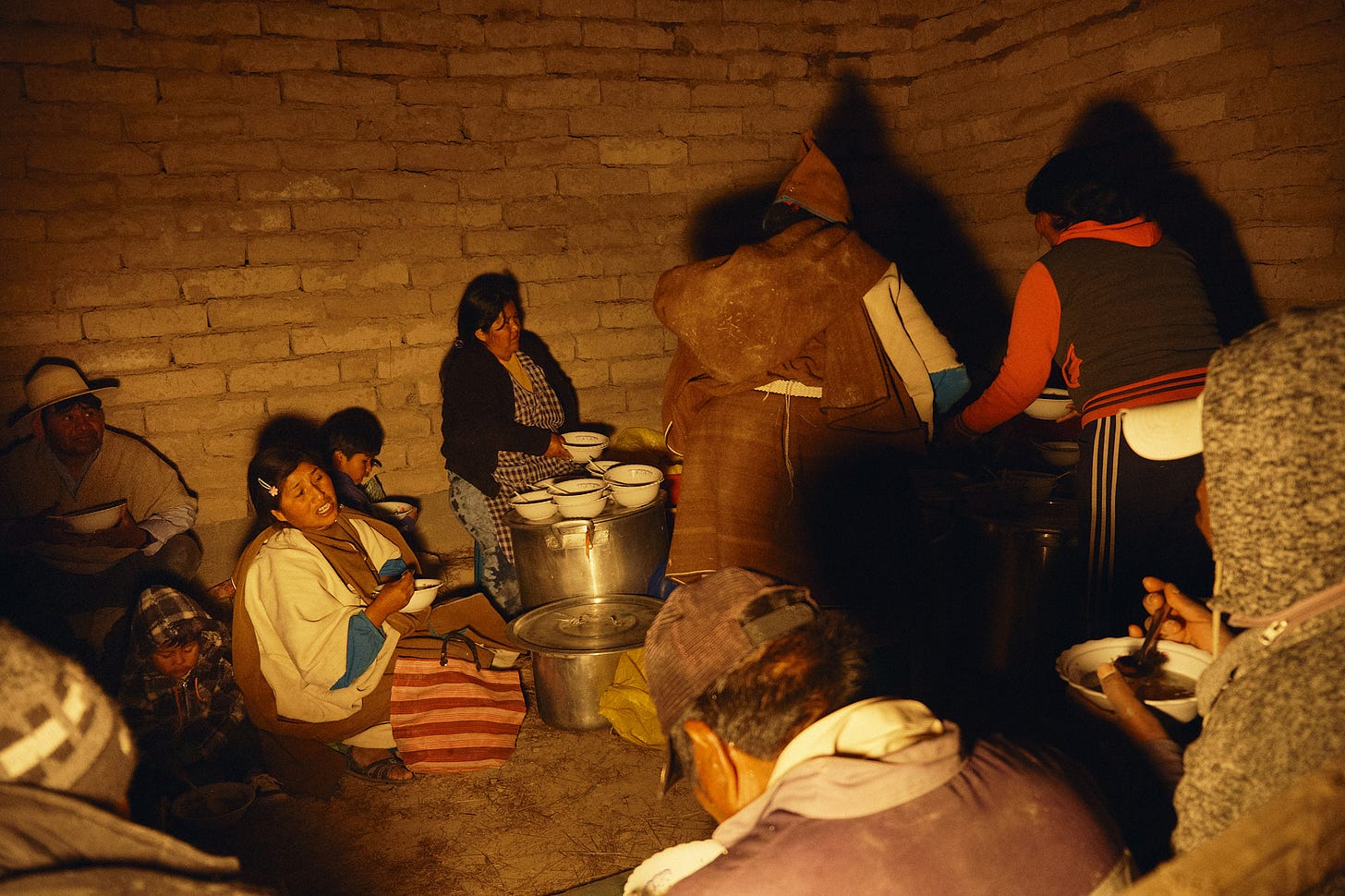

A great entry Edu! Love love love the images and sounds and writing. All three intertwine beautifully giving your story another dimension.
I liked the storytelling a lot! I felt like I was there that day, too. Beautiful people, they seem so unique, not just culturally, but their appearance and their clothes, too (the latter is a part of the culture whatsoever). The photos compliment the storytelling quite a lot.